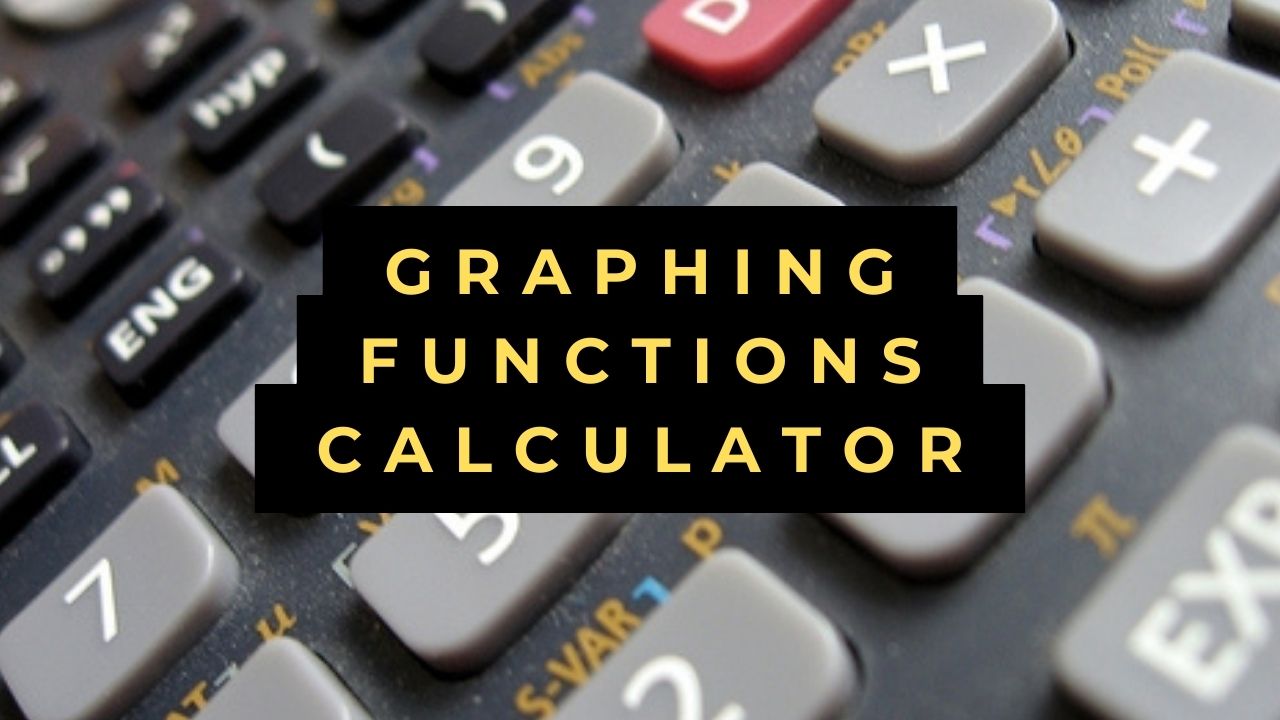Graphing Functions Calculator
Graphing Functions Calculator with Steps
Graph:
Easily graph various mathematical functions and visualize their behavior with the Graphing Functions Calculator. Learn how to input functions, interpret graphical representations, and explore mathematical concepts. Simplify your function visualizations today!
Graphing Functions Calculator
Welcome to our guide on graphing functions using the Graphing Functions Calculator. Understanding and visualizing the behavior of mathematical functions are essential skills in algebra and calculus. In this article, we'll explore how to use the Graphing Functions Calculator to plot functions, interpret the resulting graphs, and answer common questions to deepen your understanding of mathematical concepts.
Understanding Mathematical Functions
A mathematical function is a rule that assigns a unique output value to each input value. Functions can be represented algebraically, graphically, or numerically and are used to model relationships between variables.
Importance of Graphing Functions
Graphing functions is crucial in various contexts, including:
- Mathematics: Analyzing functions, identifying key features, and solving equations.
- Science: Modeling physical phenomena, such as motion, growth, and decay.
- Engineering: Designing systems, optimizing processes, and predicting outcomes.
How the Graphing Functions Calculator Works
Our Graphing Functions Calculator simplifies the process of visualizing function behavior by providing an intuitive graphical interface. You can input mathematical functions, and the calculator will plot the corresponding graphs on a coordinate plane.
Step-by-Step Guide to Using the Graphing Functions Calculator
- Enter Function: Input the mathematical function into the designated field.
- Click Graph: Initiate the graphing process by clicking the graph button.
- Interpret Graph: Analyze the graphed function to identify key features, such as intercepts, maxima, minima, and asymptotes.
Practical Applications
Graphing functions has practical applications in various domains, including:
- Finance: Modeling financial trends, such as investments, interest rates, and loan payments.
- Physics: Describing motion, forces, and energy transformations in physical systems.
- Computer Science: Designing algorithms, analyzing data structures, and optimizing computational processes.
Advantages of Using the Graphing Functions Calculator
- Visualization: Provides a visual representation of function behavior, enhancing understanding.
- Exploration: Allows users to explore different functions and their properties interactively.
- Analysis: Facilitates the identification of key features and patterns in function graphs.
FAQs
Q: What are some common types of functions that can be graphed?
Common types of functions include linear functions, quadratic functions, exponential functions, logarithmic functions, trigonometric functions, and polynomial functions.
Q: How do I identify key features of a function graph?
Key features of a function graph include intercepts, maxima, minima, symmetry, intervals of increase or decrease, and asymptotic behavior.
Q: Can the Graphing Functions Calculator plot functions with multiple variables?
The calculator is designed to graph functions of a single variable (e.g., y = f(x)) on a two-dimensional coordinate plane.
Q: Are there any limitations to using the Graphing Functions Calculator?
While the calculator is versatile and user-friendly, users should ensure they input valid mathematical functions to obtain accurate graphs.
Q: Can I customize the appearance of the function graph?
Yes, the Graphing Functions Calculator supports customization options for graph appearance, including color, line style, and axis labels.
Conclusion
In conclusion, graphing functions is a powerful tool for visualizing mathematical relationships and exploring function behavior. The Graphing Functions Calculator offers a convenient way to plot functions, providing visualization, exploration, and analysis capabilities. By following the guidelines outlined in this article and utilizing the calculator's capabilities, you can confidently explore and interpret the behavior of mathematical functions in various contexts.

